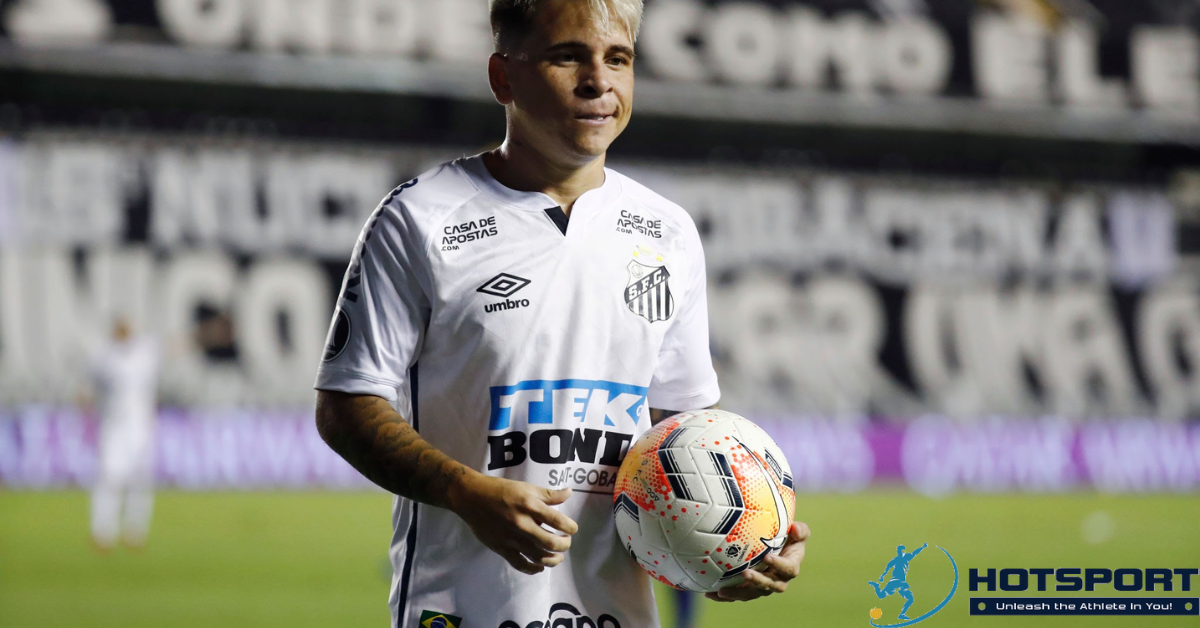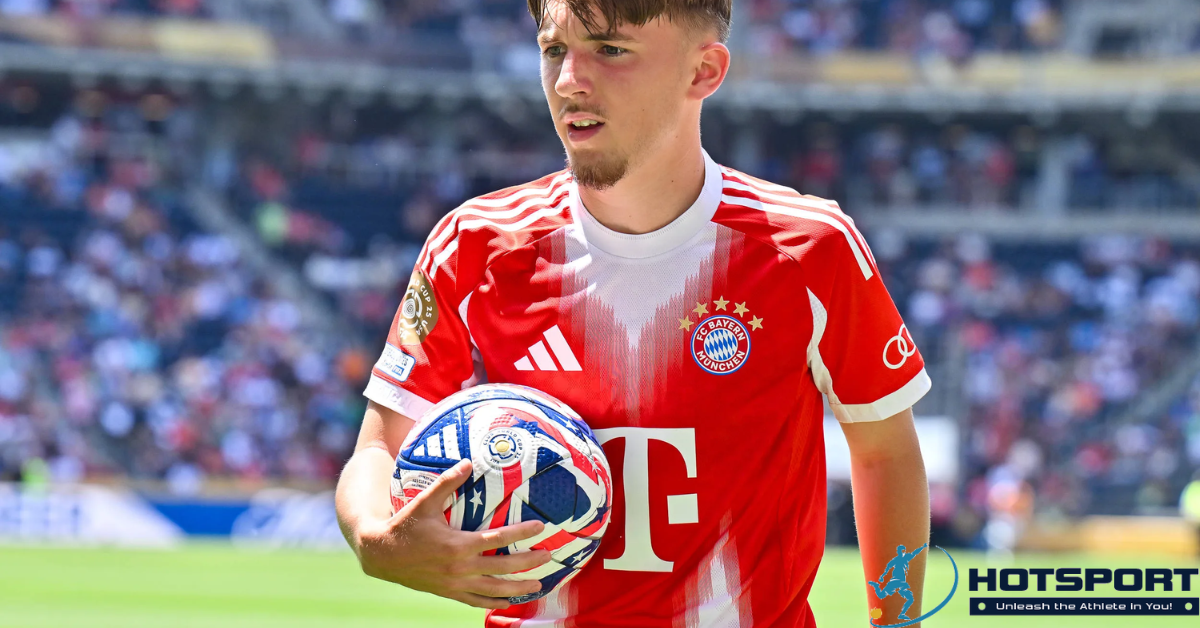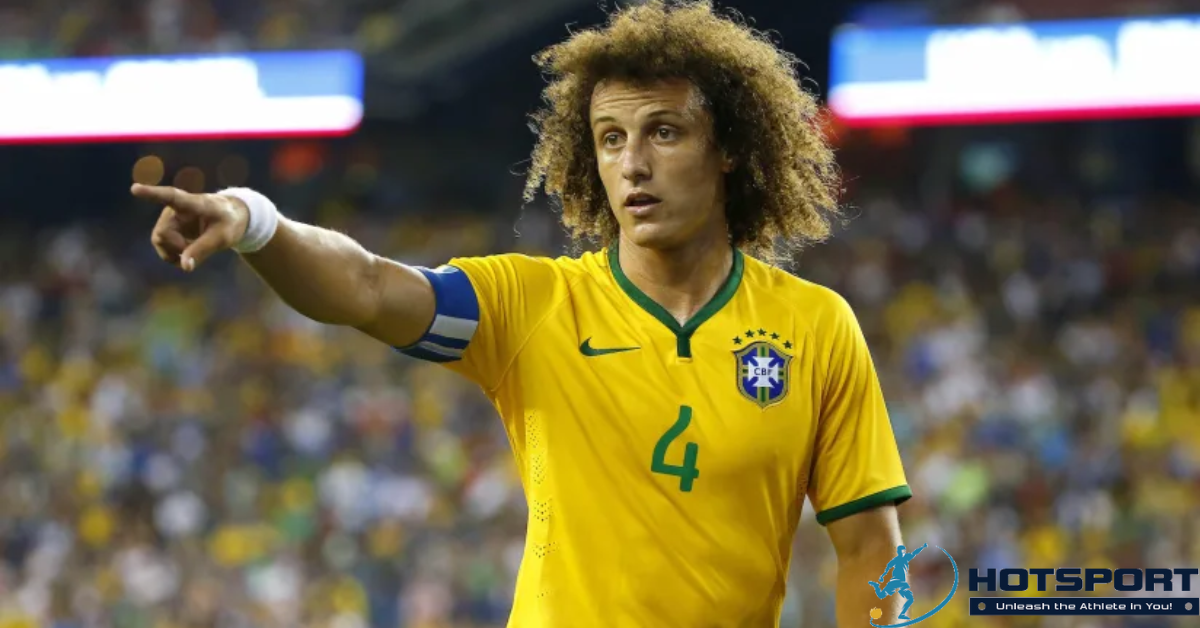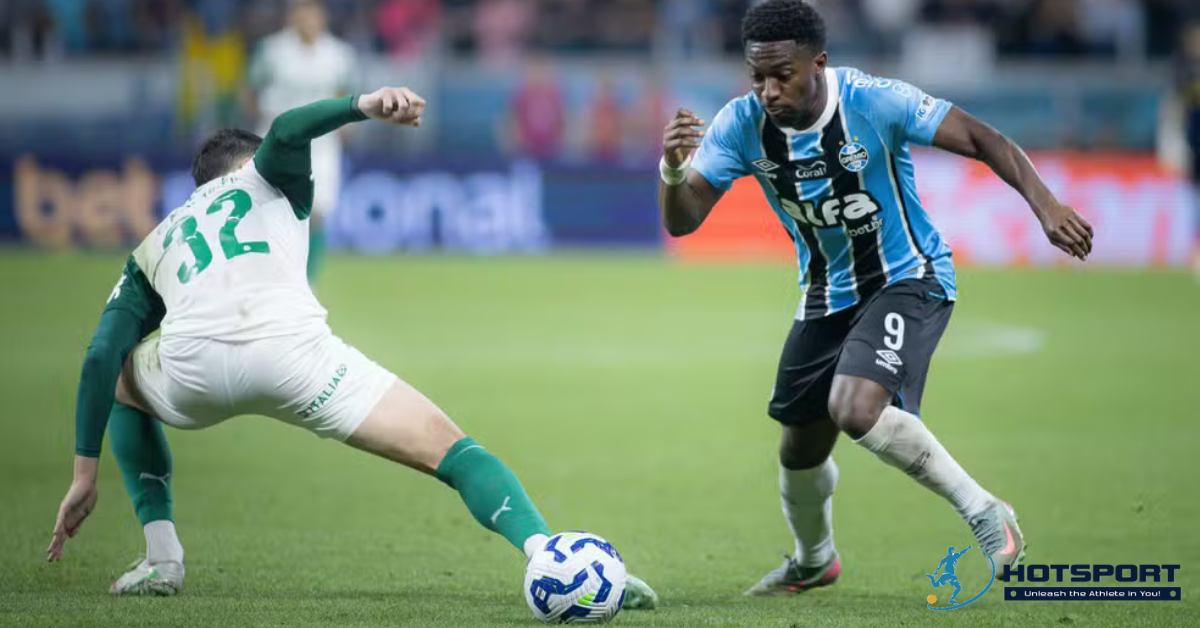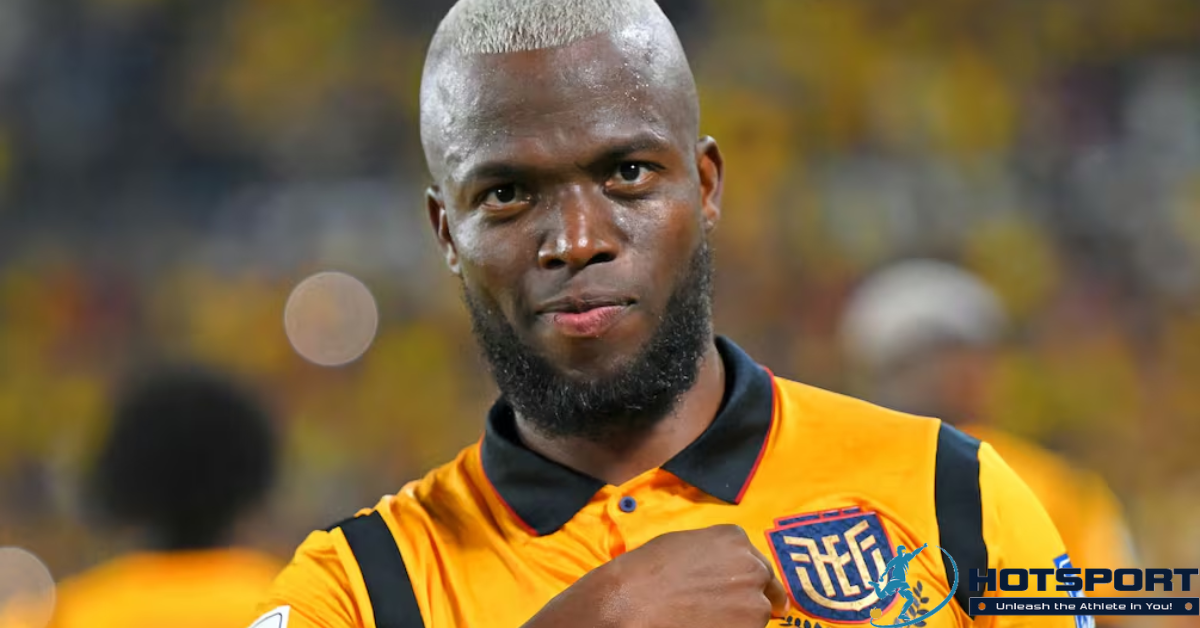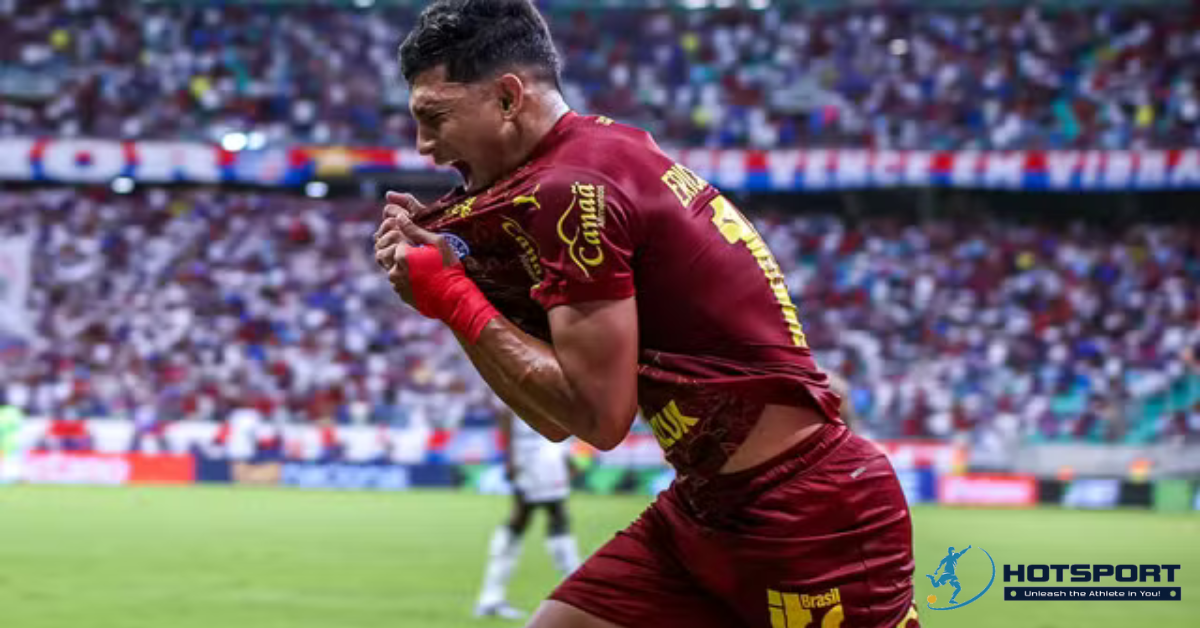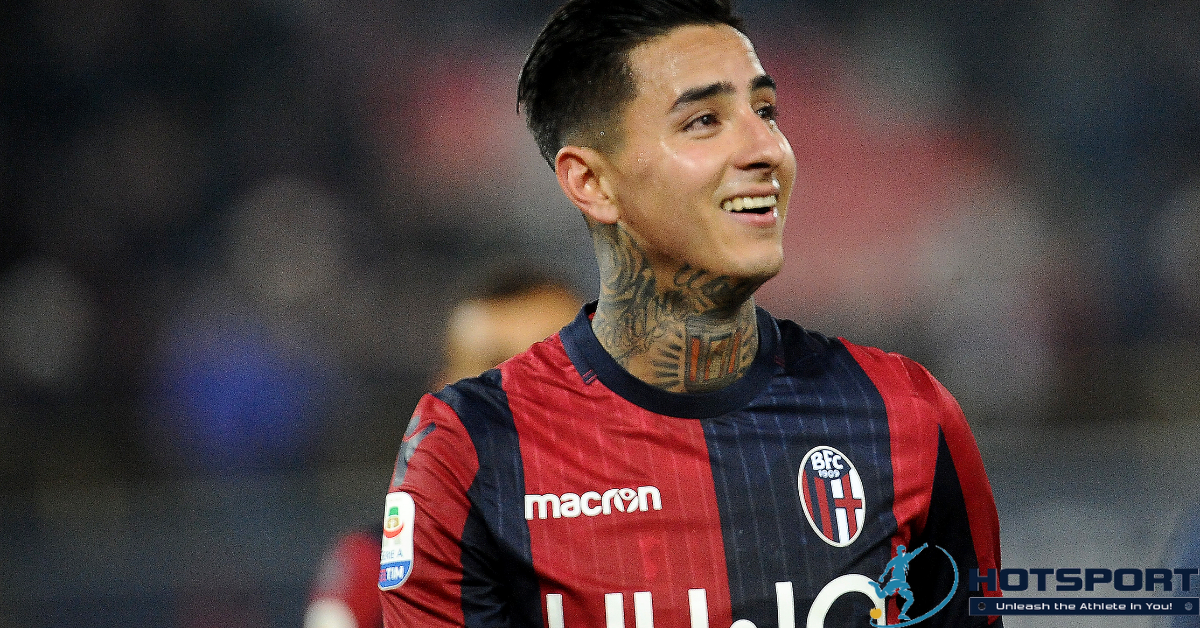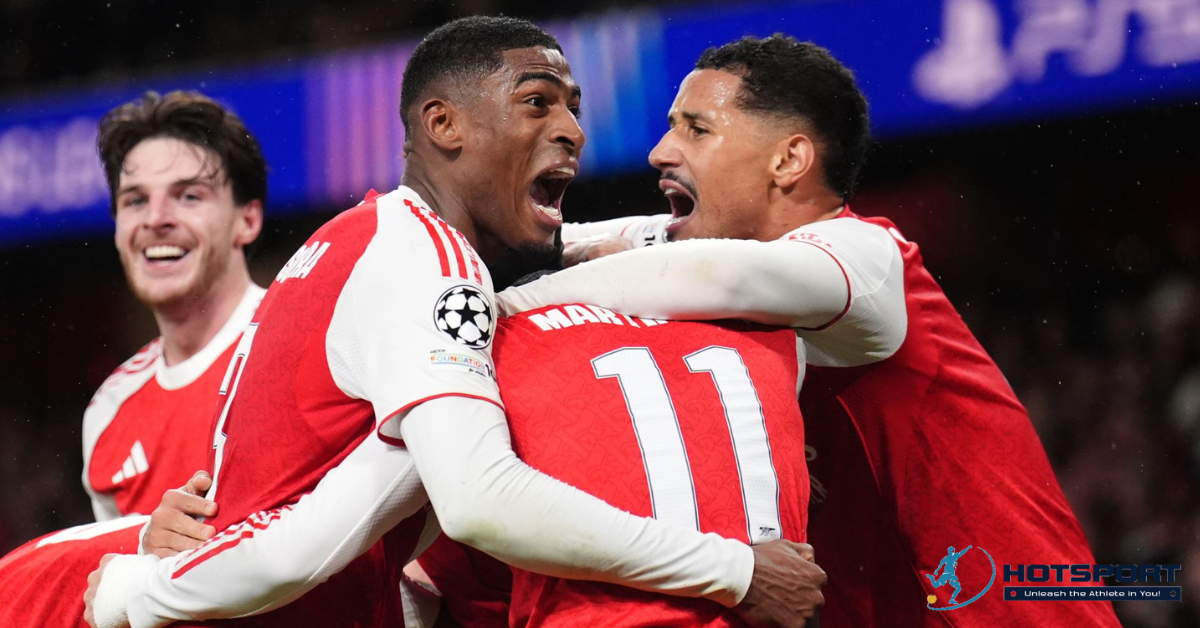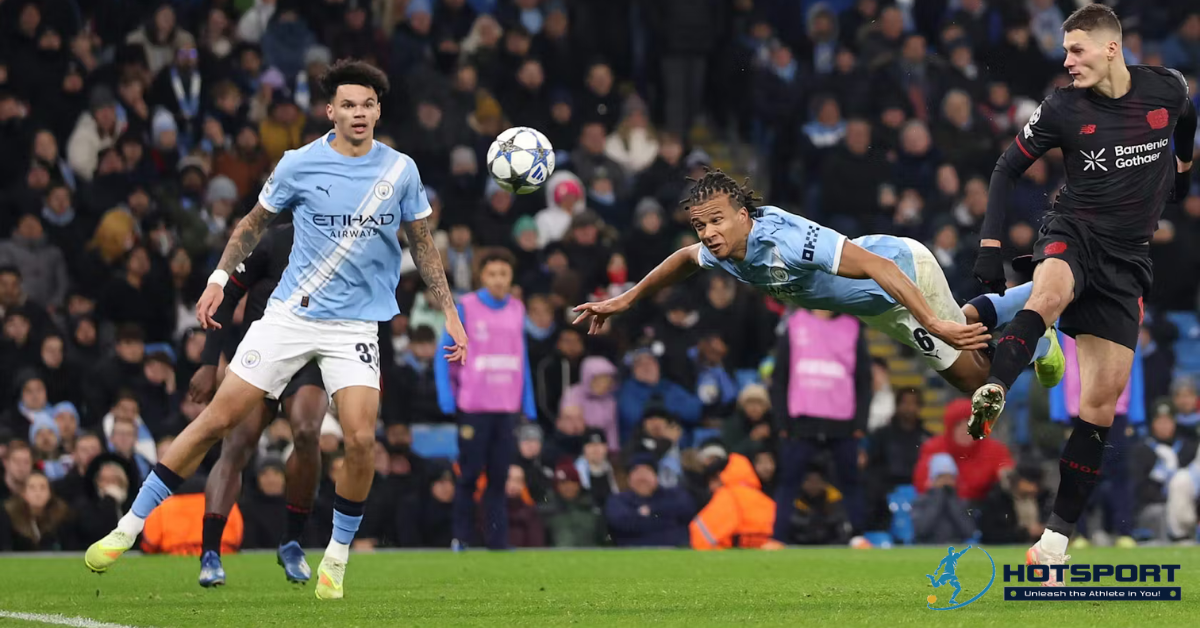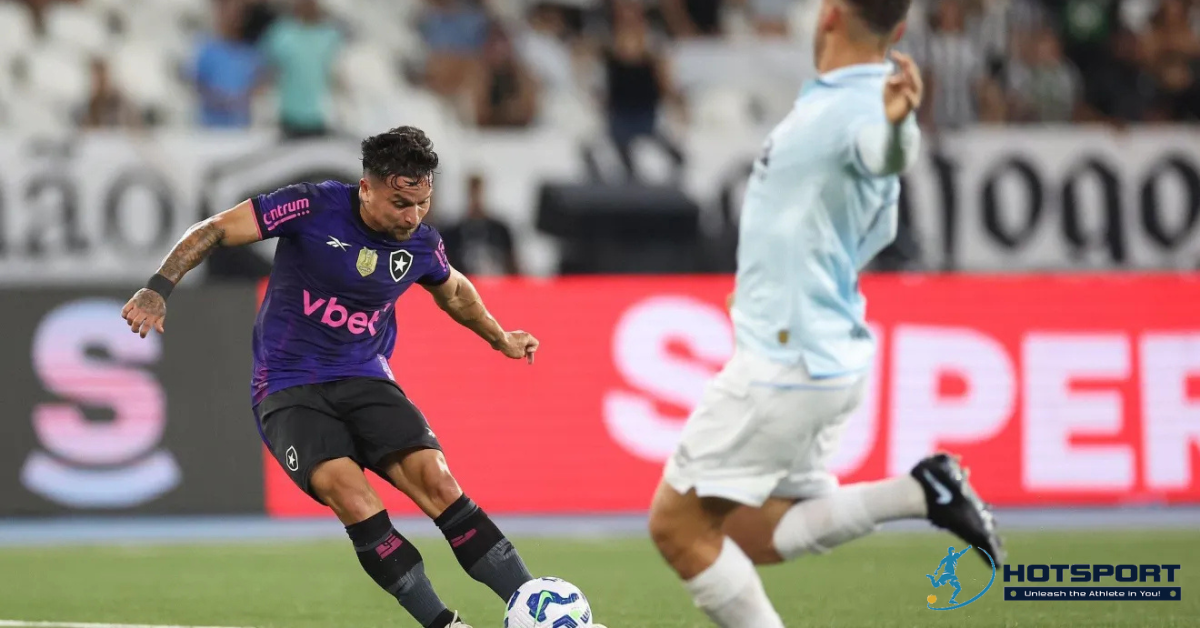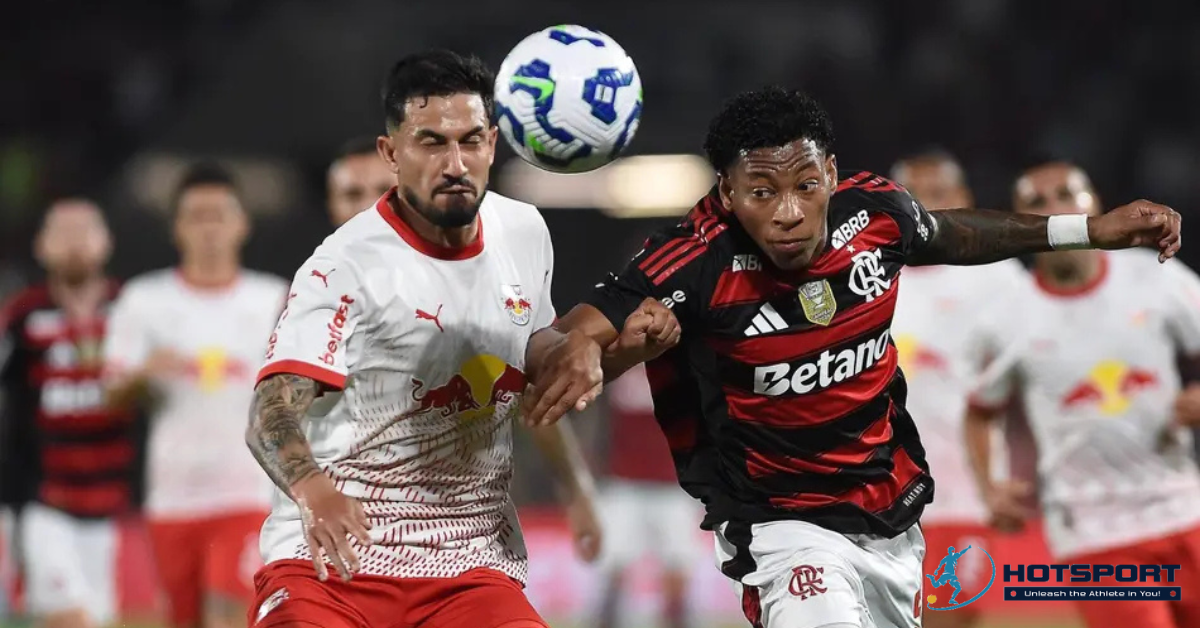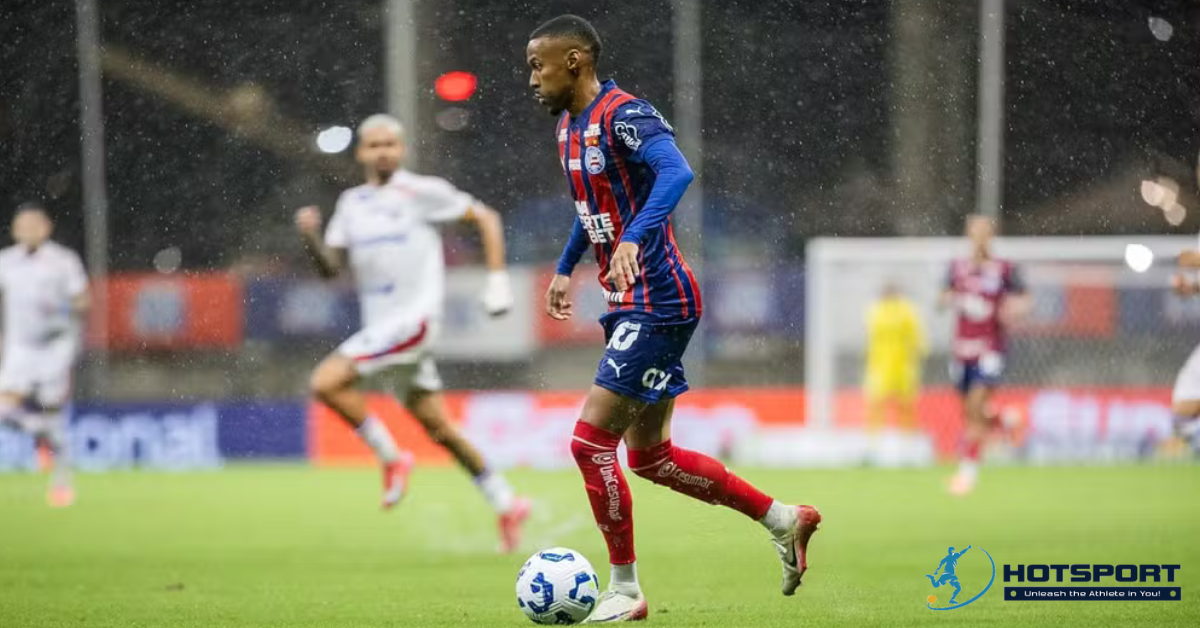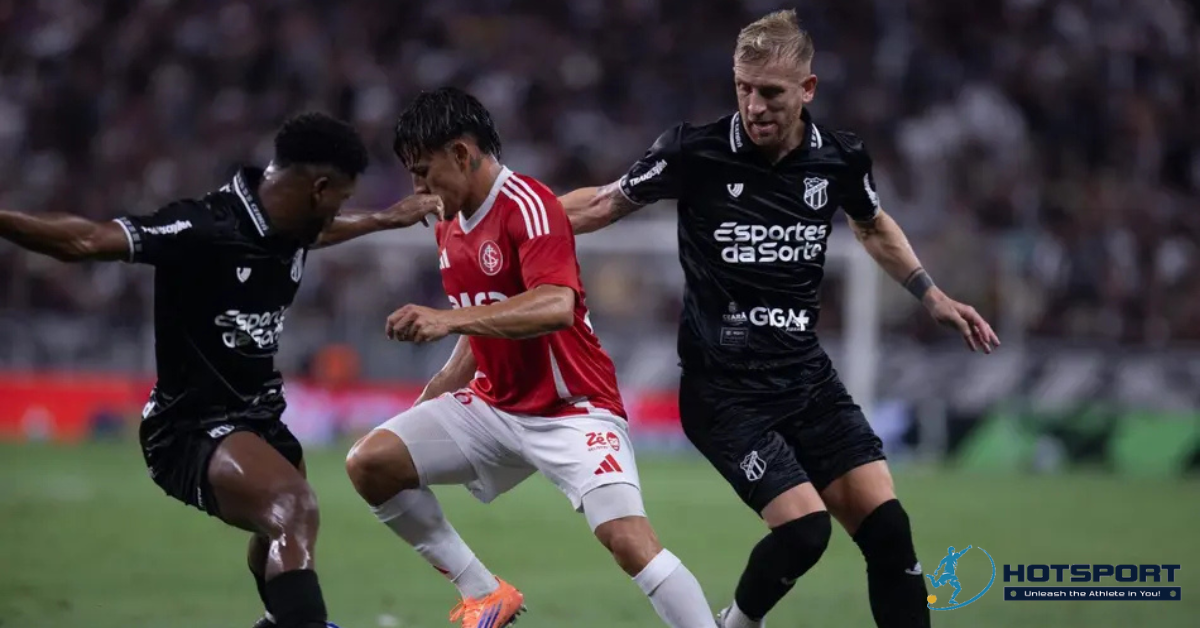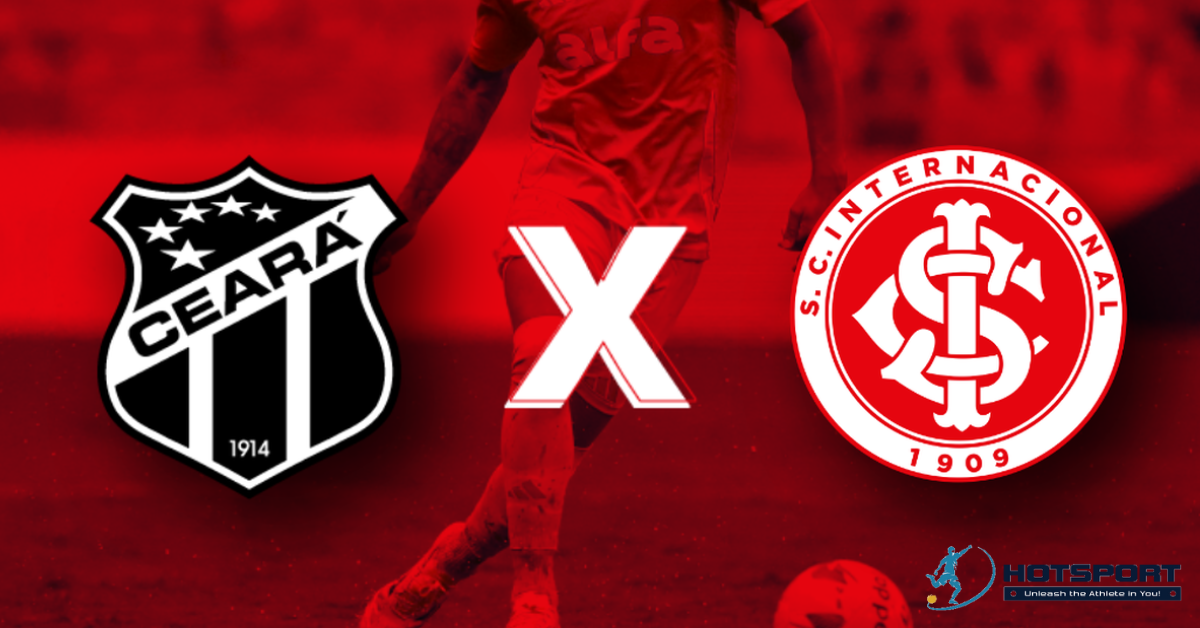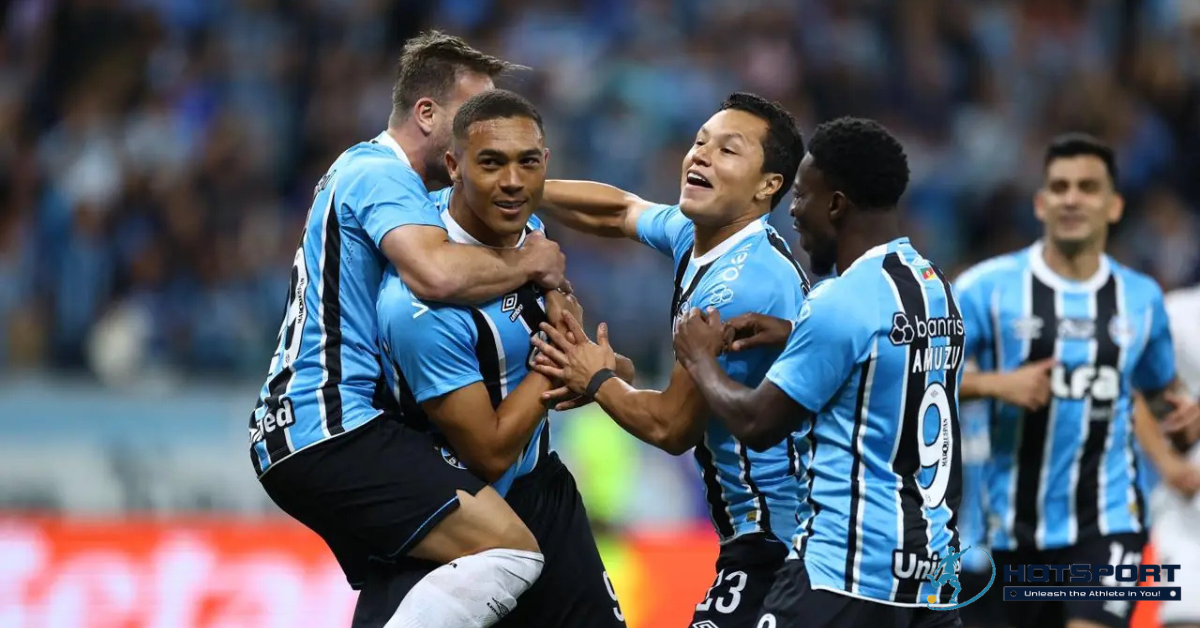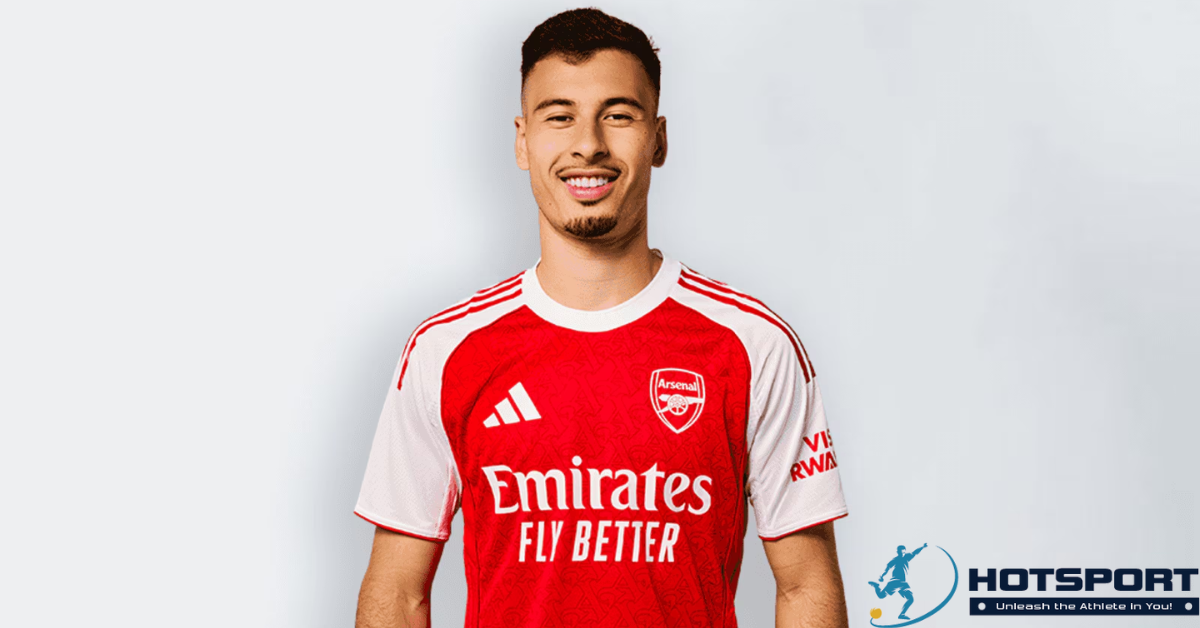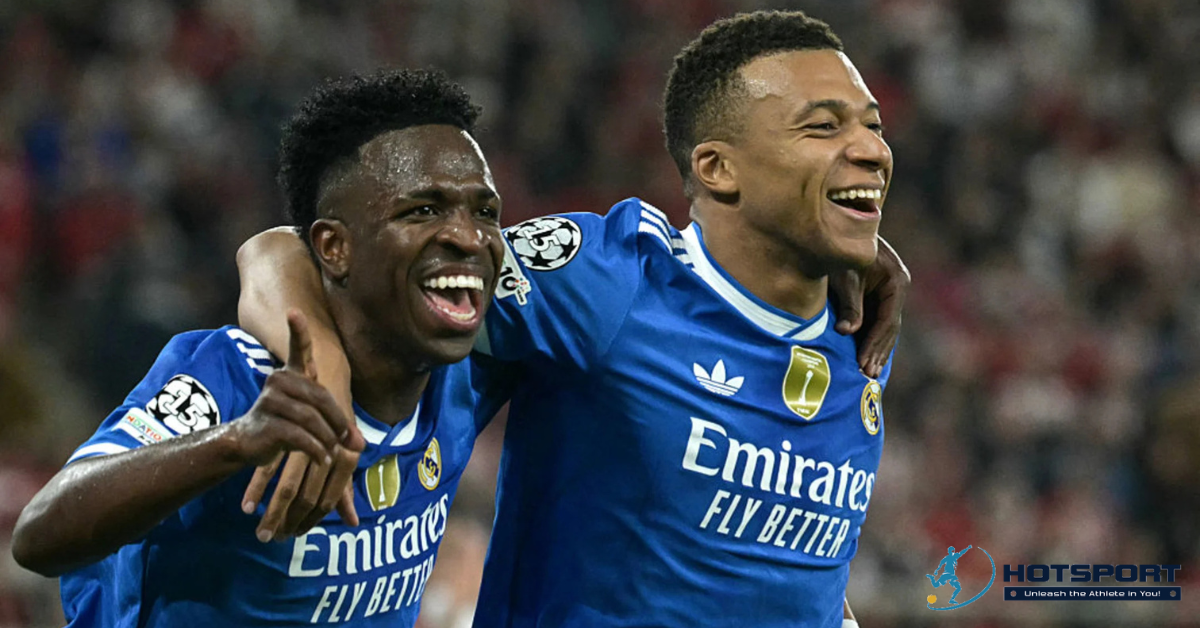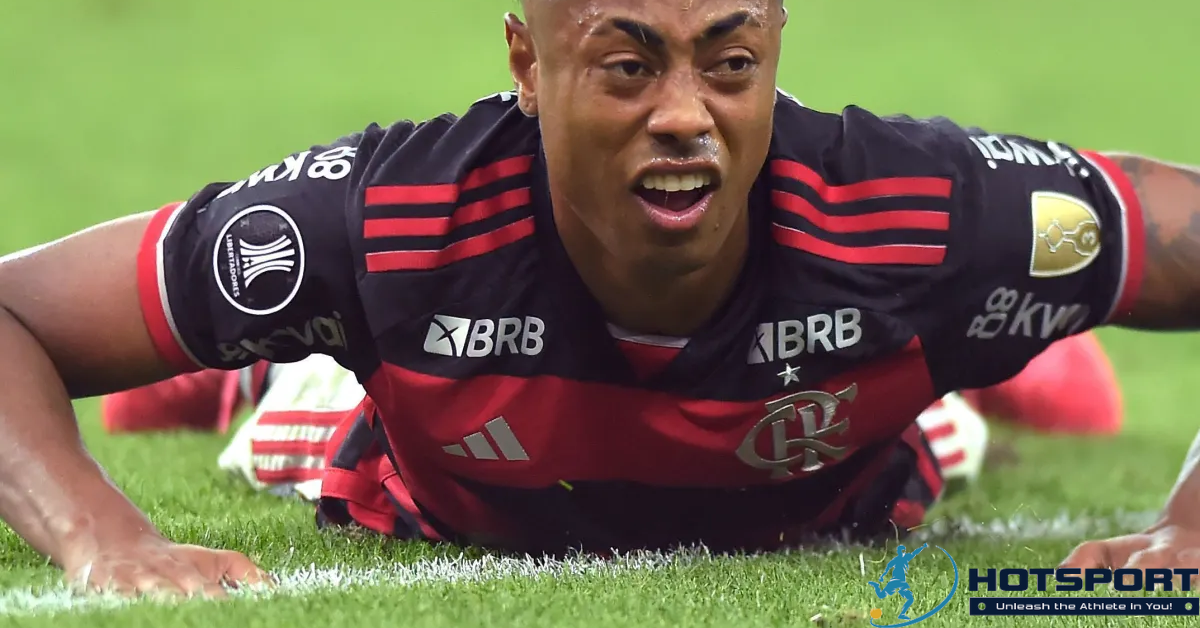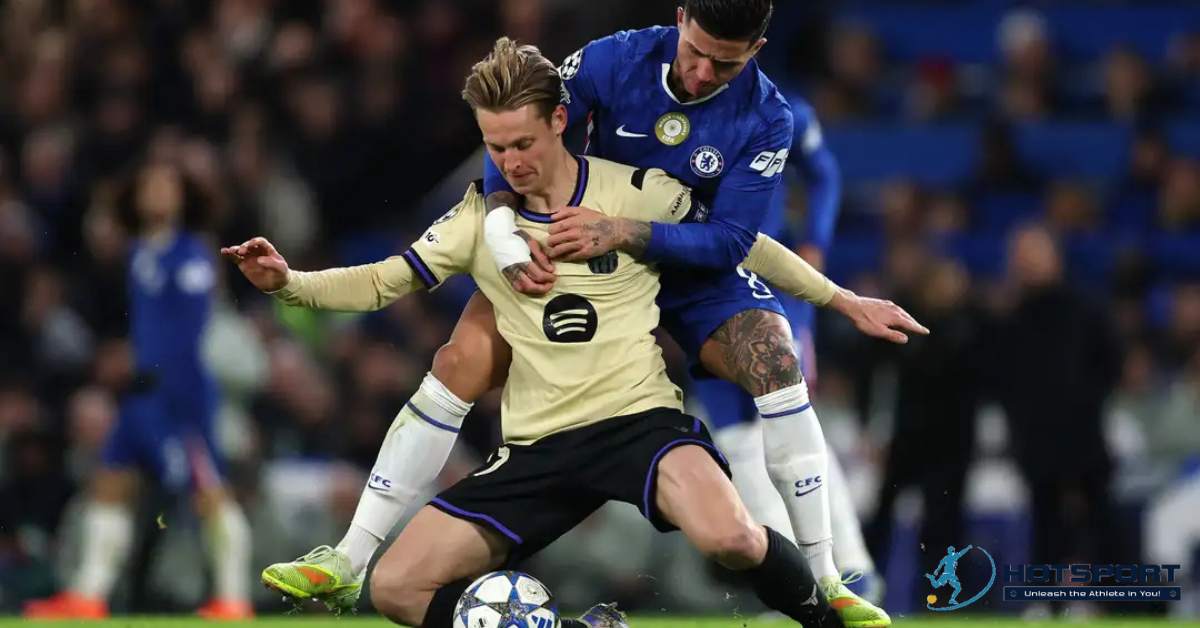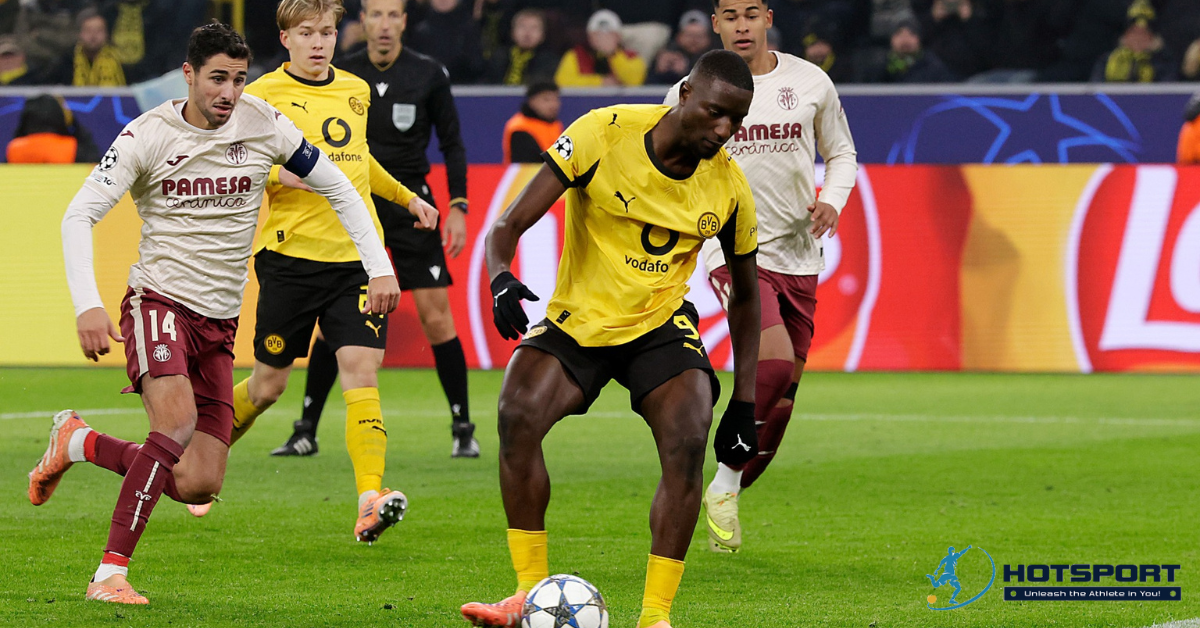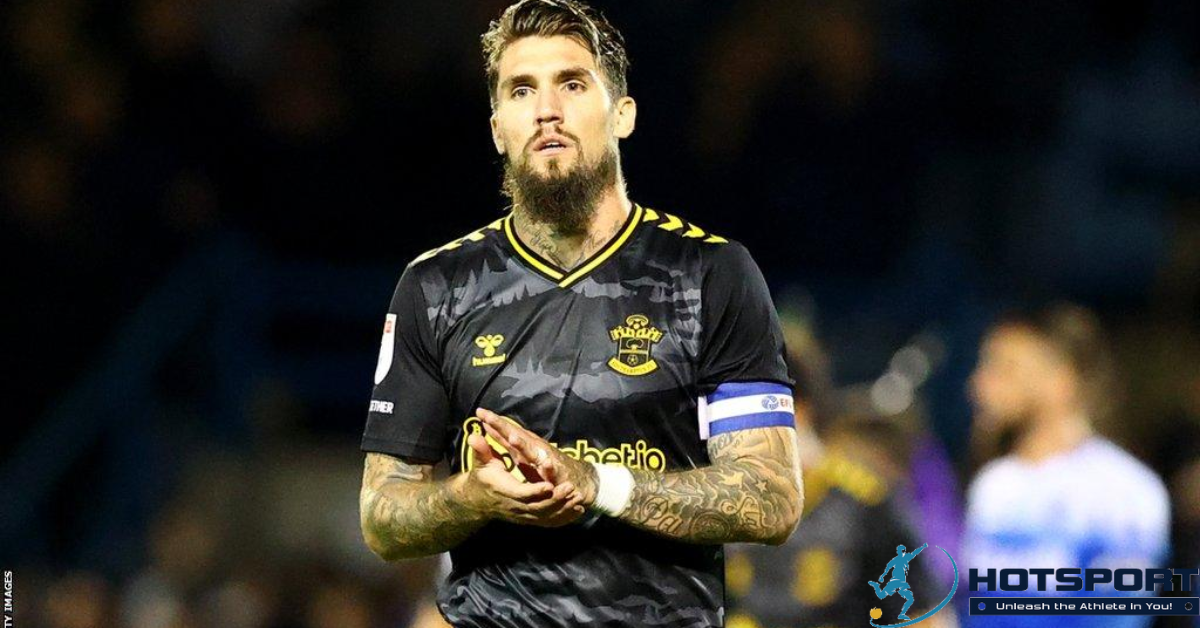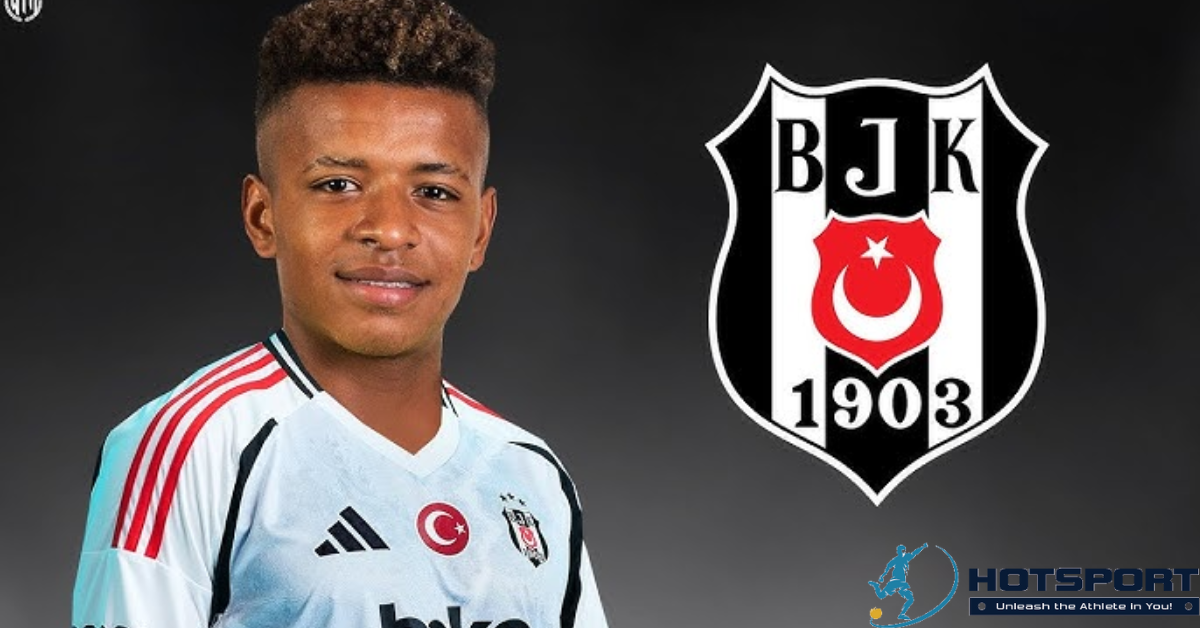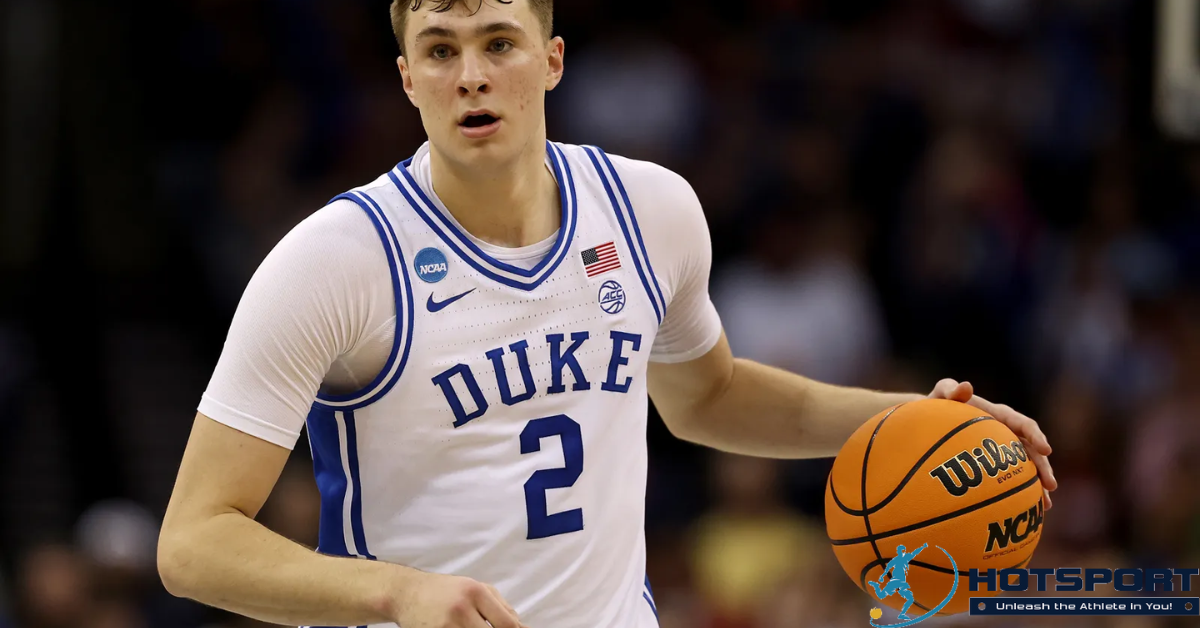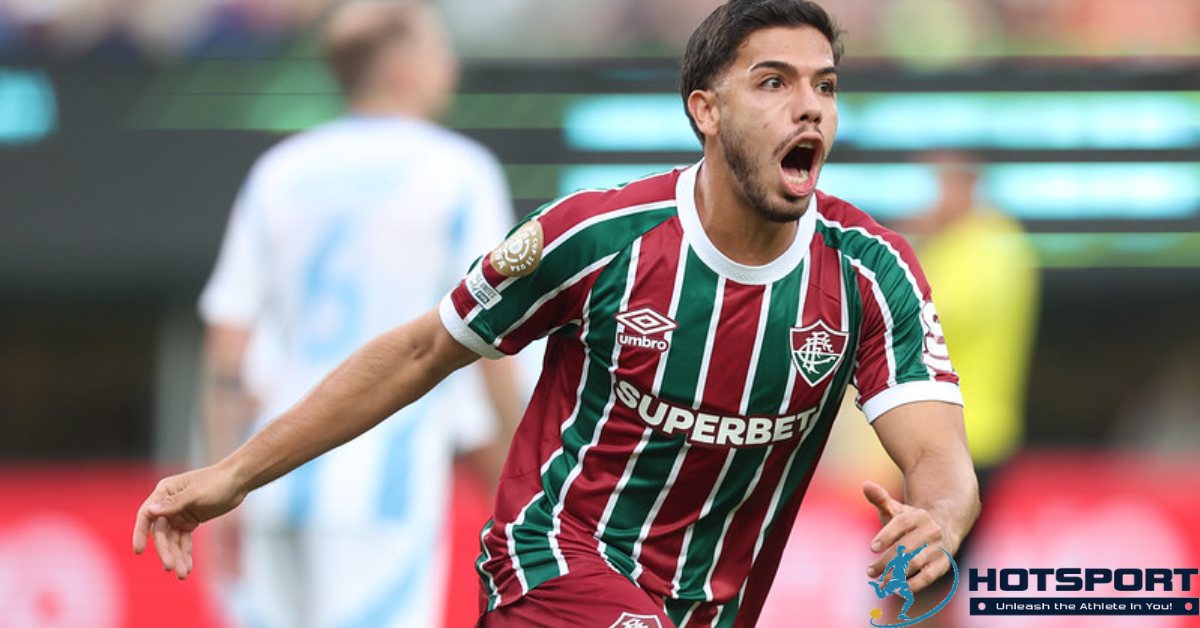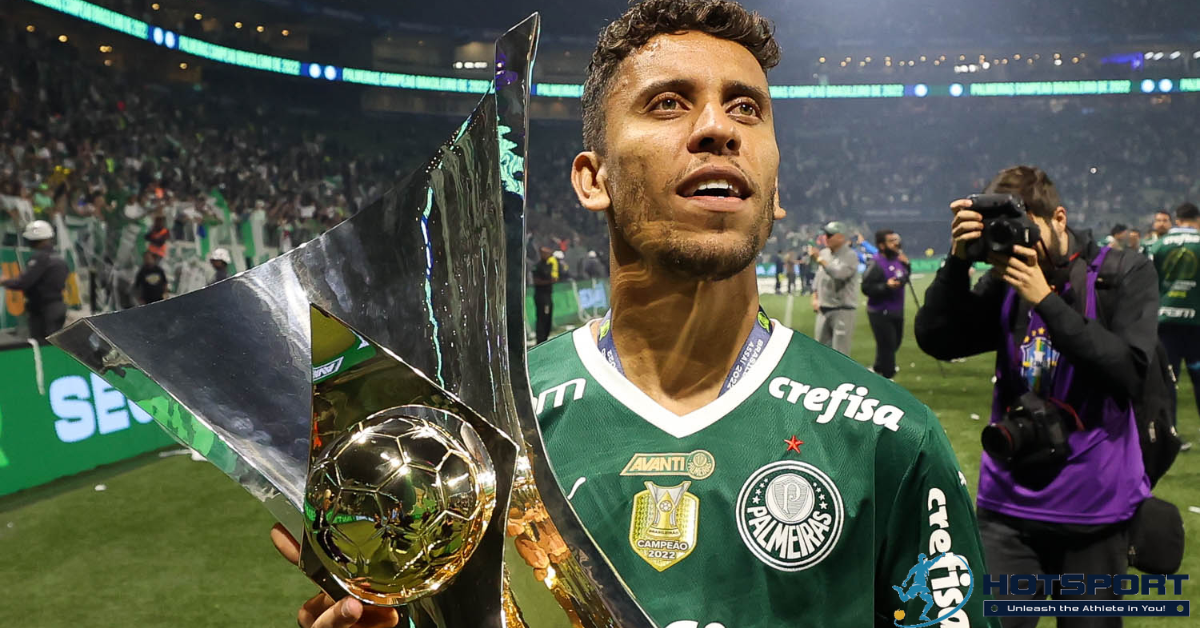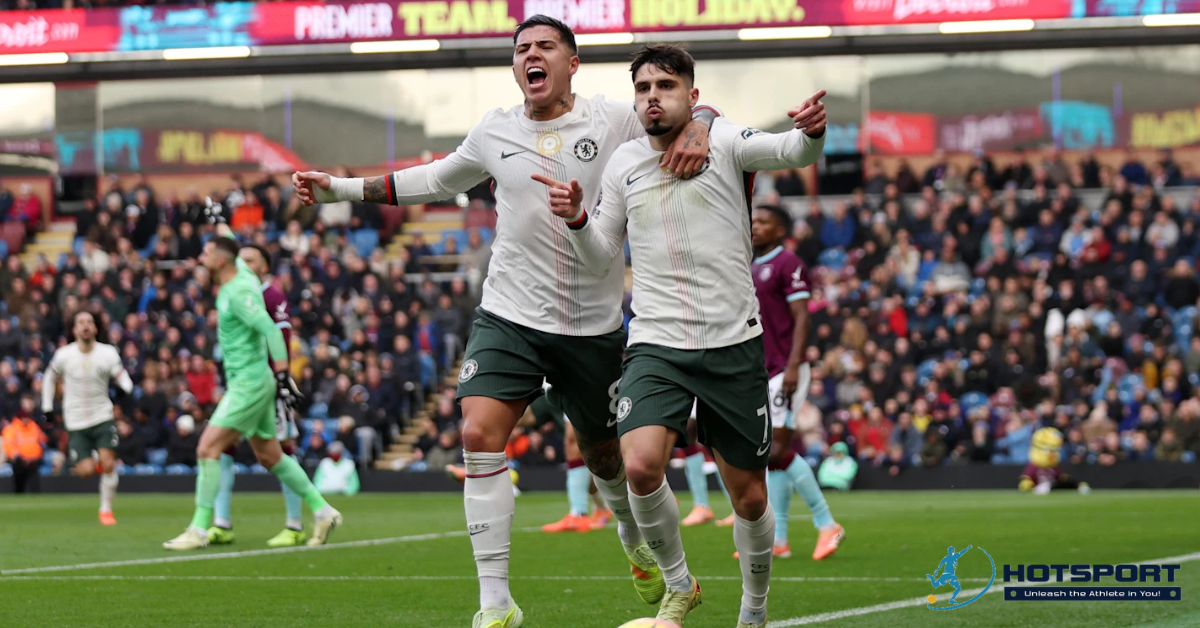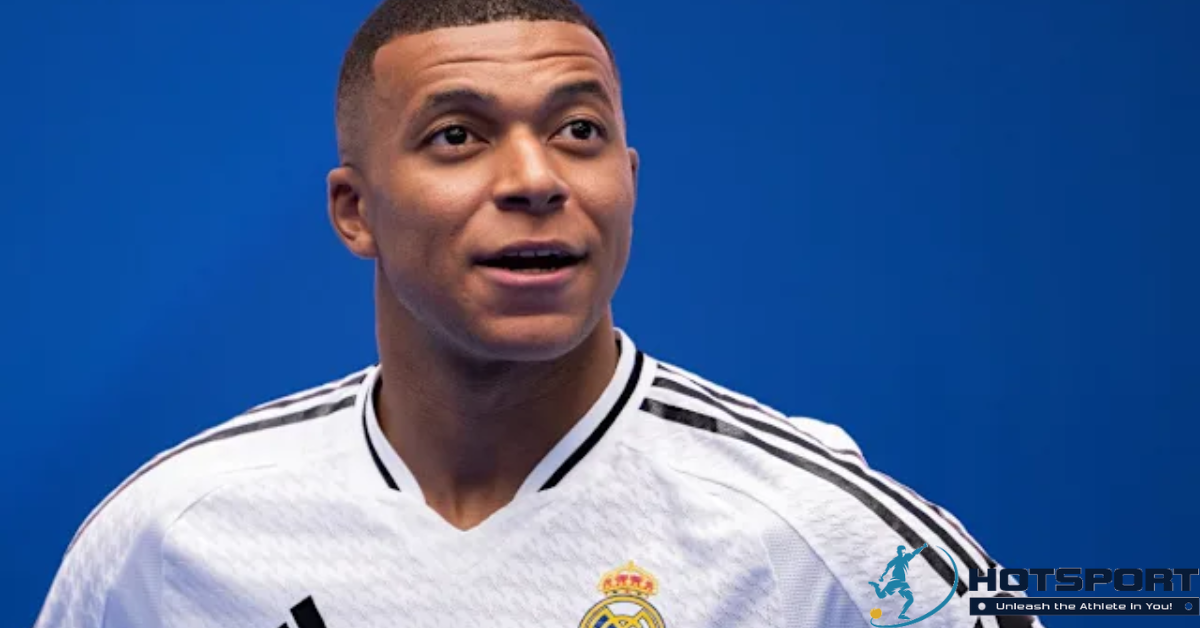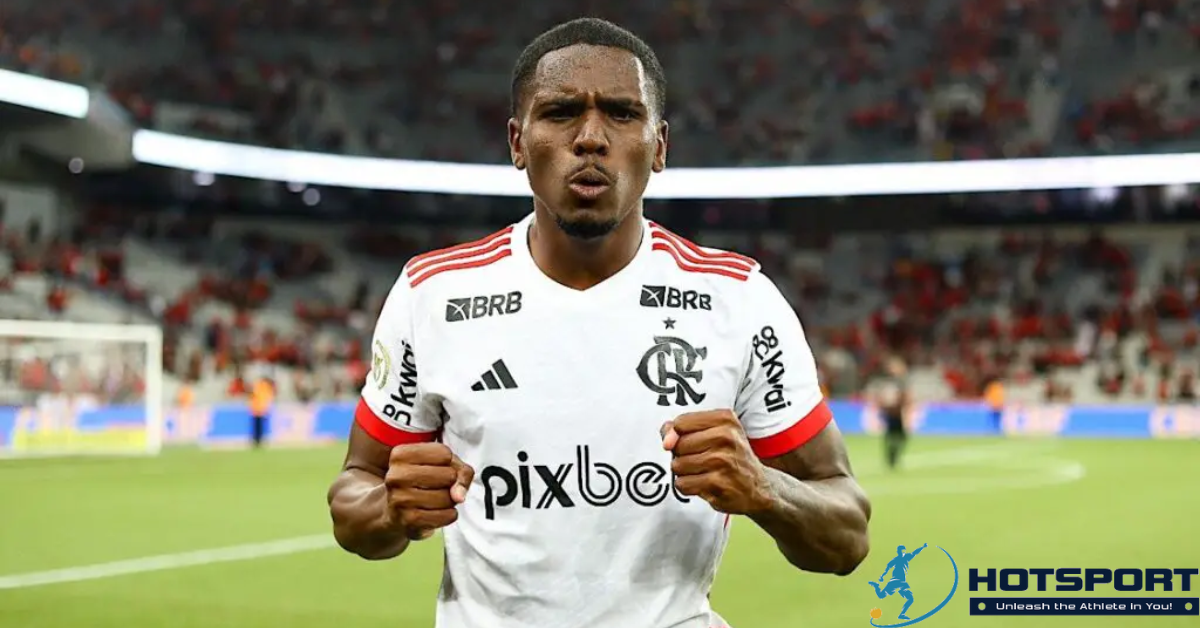Yeferson Soteldo, the Venezuelan player of diminutive stature but immense heart, has left an indelible mark on South American football with his sharp dribbling and relentless determination that defies physical measurements. Born on June 30, 1997, in Acarigua, a small city in central Venezuela, he grew up dreaming of the pitch amid challenges that extended far beyond the sport itself. Standing at just 1.60 meters, Soteldo has earned nicknames such as “Little Giant” and “Showteldo,” reflecting his ability to transform matches with his speed and skill. His career, which began in youth ranks and took him to clubs including Santos, Grêmio, and now Fluminense, is a story of perseverance, frequent transfers, and moments of brilliance interrupted by injuries and criticism. This article explores the highs and lows of his career, with a focus on the most recent developments up to November 2025.
Early Steps in Venezuela and the Move to Chile
Soteldo’s professional career took off at the age of 16 with Zamora FC, one of Venezuela’s traditional clubs. He debuted in 2013, but it was in 2015 that he truly stood out, scoring 12 goals and helping the team win the Venezuelan league title. Over 99 matches with Zamora between 2013 and 2016, he scored 24 goals—impressive numbers for a 19-year-old. This period shaped his playing style: ambidextrous, he uses both feet with equal proficiency, favoring short dribbles and explosive acceleration in tight spaces.
In late 2016, his first major move came with a transfer to Chilean club Huachipato for approximately $1.5 million. Adaptation proved difficult; in 29 matches in 2017, he scored only six goals, leading to a loan to Universidad de Chile in 2018. There, he found his rhythm, playing 37 matches, scoring seven goals, and quickly winning over the fans. This period showcased his potential for the European market, but his path instead led him to Brazil, which would become his second home.
The Santos Era: Brilliance, Runner-Up Finishes, and Relegation
In January 2019, Santos paid $3.5 million for 50% of his rights, a bold investment for a club in the midst of rebuilding. Soteldo signed a four-year contract and quickly became a key figure. In his first stint, until 2021, he played 105 matches, scoring 20 goals and providing assists that lit up Santos’ attack. In 2019, he was part of the team that finished as Brazilian league runners-up, and in 2020, he came agonizingly close to winning the Copa Libertadores, losing the final 1-0 to Palmeiras, though his goal in the semi-final against Corinthians remains memorable.
His time with Santos was marked by comings and goings. Sold to Toronto FC in April 2021 for $6 million, he played just 26 matches in Canada, scoring four goals and providing six assists, before moving to Tigres in Mexico in January 2022. His six-month spell there was turbulent: 19 matches, one goal, and disagreements with the club’s management. He returned to Santos on loan in August 2022, with the deal later becoming permanent in June 2023, extending his contract until 2027. In this second phase, he played 56 matches, but his performances were inconsistent. In 2023, controversies, such as taunting Vasco players after a 4-1 victory, drew significant attention on social media. Santos suffered relegation that year, and Soteldo featured in only 39 of 66 commitments, affected by medical and disciplinary issues. Nevertheless, across 161 total appearances, he recorded 21 goals and 27 assists, placing him among the top three foreign goal scorers in the club’s history, behind only Carlos Sánchez and Jonathan Copete.
Adventures Abroad and Loan to Grêmio
Outside Brazil, Soteldo experienced contrasting fortunes. In Toronto, he contended with the Canadian cold and the physicality of Major League Soccer, with limited impact. At Tigres, the pressure to win titles clashed with his adaptation phase, resulting in an early departure. These experiences, however, enriched his game, teaching him to manage global expectations and readjust to competitive leagues.
Returning to Brazil, he joined Grêmio on loan in December 2023 for one season. He became an undisputed starter, playing 41 matches, scoring seven goals, and providing four assists. He shone in a 4-1 Gauchão victory over São José, scoring and assisting, though a January injury sidelined him for 56 days. He returned in March and contributed to a solid campaign, even if major titles eluded the team.
Move to Fluminense: Expectations, Injury, and Challenges in 2025
The year 2025 brought significant changes. Soteldo returned to Santos in January, playing more as a number 10 and providing an assist in a 2-1 debut win over Mirassol. However, he lost prominence with the arrivals of Benjamín Rollheiser and Neymar. In June, Fluminense signed him for $8 million—approximately 44 million reais—the club’s most expensive purchase to date, at the insistence of manager Renato Gaúcho, who saw him as an ideal attacking addition.
His presentation with Fluminense, during the FIFA Club World Cup in the United States, was overshadowed by a grade 2 muscular injury sustained while playing for Venezuela in qualifiers, causing him to miss the group stage. He made his debut in the semi-final against Chelsea, coming on as a substitute in a 2-0 defeat, replacing Nonato. By November 2025, he had played 18 matches without scoring, facing criticism from fans for predictable dribbling and inconsistent performances. His short stature, which limits his effectiveness in aerial duels, has been highlighted as a limitation in a team seeking greater balance.
More recently, in a historic 6-0 victory over São Paulo that secured a Libertadores berth, Soteldo came off the bench and provided an assist for Kevin Serna’s sixth goal, set up by Ganso. This was a rare bright spot amid a year-long goal drought. Across his club career, he has played 430 matches, scoring 70 goals and providing 85 assists.
The Venezuelan National Team: From Youth Success to Irregular Senior Call-Ups
With La Vinotinto, Soteldo has been a consistent presence since youth levels. With the under-20 side in 2016-2017, he played 26 matches and scored six goals, finishing as runners-up in both the South American Championship and the World Cup at that level. With the under-23 team, he made four appearances in 2020. His senior debut came in February 2016 in a 1-0 win over Costa Rica. He has since earned 52 caps and scored four goals—one in 2019 and two in 2023. In 2025, an injury during qualifiers disrupted his involvement, but he remains a creative option alongside players like Jefferson Savarino and Salomón Rondón.
Playing Style, Criticism, and Potential Legacy
Soteldo is a natural dribbler—fast, creative, and often compared to Ángel Di María for his ability to unbalance one-on-one situations. His ambidexterity allows for unpredictable play from either flank. However, he has faced criticism for inconsistency: in 2025 at Fluminense, some fans have labeled him a “jinx” on social media after substituting into tight matches. Recurring injuries and a modest goal-scoring rate—70 goals in 430 matches—are notable weaknesses.
His legacy remains a work in progress. At 28 years old, with a market value between 3.6 and 5.4 million euros, he represents a new generation of Venezuelan players elevating the nation’s standing in football. In Brazil, where he has played for Santos, Grêmio, and Fluminense, he has left a mixed legacy of near-misses, decisive assists, and a divided fanbase.
November 2025 Updates: Rumors of Departure and Future Prospects
As of November 28, 2025, Soteldo’s name is prominent in the transfer market. Sources close to the player indicate that he and his representatives are seeking an agreement to leave Fluminense “under the best possible terms for both parties.” Interest from other Brazilian clubs, such as Palmeiras and Atlético Mineiro, has been reported in media and social networks. This potential exit follows a goalless year with the club, a stark contrast to his previous contributions.
With the national team, in the post-qualifying cycle, he is considered a candidate for a starting role alongside emerging talents like Jesús Ramírez. At Fluminense, the focus is on the 2026 Copa Libertadores, provided he remains. Rumors suggest an active winter transfer window with Soteldo as a sought-after player.
Conclusion: The Future of the Little Giant
Yeferson Soteldo is more than a player; he is a symbol of resilience in a ruthless sport. From Acarigua to the Maracanã, his career blends triumphs—such as the Venezuelan league title and continental runner-up finishes—with lessons in humility. In 2025, having overcome injuries and amid swirling transfer rumors, he has the opportunity to rewrite his narrative. Brazilian football, which has embraced him, awaits further displays of his talent. Whether he remains at Fluminense or moves to a new destination, the “Little Giant” continues to dribble past obstacles, ready for the next chapter.

